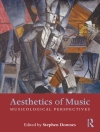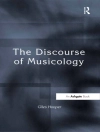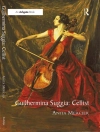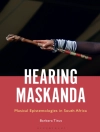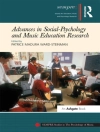An approach which includes sight-reading in daily practising at an early stage. Instead of dry exercises, these editions focus on the use of idiomatic melodies. This is how sight-reading is meant to be – FUN!
Mục lục
Preface – To the pupil: why sight-reading? – Section 1: Two-octave range; changes of time signature – Section 2: Low B to high C# and D; semiquaver rests, duplets and the D.C. – Section 3: Low Bb to high Eb; four sharps and flats; 7/8 and 8/8; demisemiquavers – Section 4: Keys to five sharps and flats; notes to high E, ornaments, chromatic patterns and the double sharp – Section 5: Notes to high F; whole-tone, chromatic and atonal tonalities; further ornaments
Giới thiệu về tác giả
John Kember studied at Trinity College of Music, London and has enjoyed a varied career in both performing and academic spheres, ranging from teaching in schools and privately, to working as composer, arranger, pianist and conductor in Concert Halls, theatres and recording studios. Currently John is working on a number of new and exciting projects for both publication and performance. He has a busy private teaching practice in south east London and teaches for Kent Music School and the Kent Centre for Young Instrumentalists in Maidstone. John was an examiner for the Associated Board of the Royal Schools of Music from 1989 until 2005


